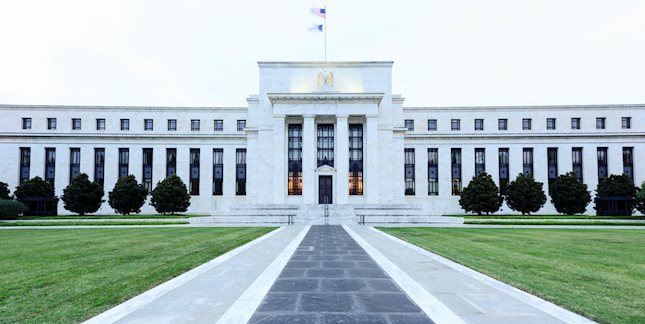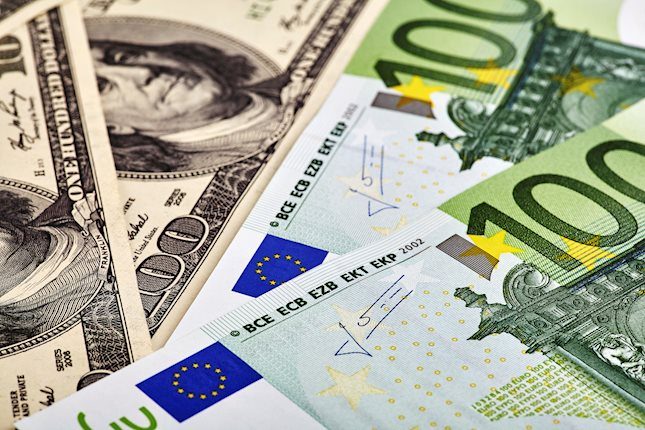- AUD/USD rapidly faded Wednesday’s decline and advanced past 0.6600.
- The US Dollar faced renewed selling pressure following Trump-led tops.
- China remains the big drag for the Aussie Dollar for the time being.
The US Dollar (USD) faced renewed downside pressure on Thursday, following the sharp advance witnessed after the US election saw Republican Donald Trump become the 47th US President.
In this environment, AUD/USD quickly regained composure and set aside the previous day’s intense sell-off, reclaiming the 0.6600 barrier and beyond along with the critical 200-day SMA at 0.6628.
In the meantime, the Aussie Dollar managed to shrug off disheartening prints from the Chinese trade balance results, showing that the economy is expected to keep struggling to recover in a sustainable fashion. On the other hand, a decent rebound in copper prices and iron ore prices contributed to the upside bias in AUD on Thursday.
On the policy front, the Reserve Bank of Australia (RBA) kept interest rates steady at 4.35% on Tuesday, as expected, and adopted a neutral tone. The RBA highlighted its watchfulness on inflation, which is gradually approaching its target range. Inflation is projected to reach the midpoint of the 2-3% target by late 2026, though growth forecasts were slightly lowered.
During her press conference, RBA Governor Michele Bullock struck a balanced tone, indicating that the board did not discuss immediate rate changes and suggesting that the current rate setting is appropriate for now. Markets are eyeing a possible rate cut in May 2025, with the RBA expected to be one of the last central banks among the G10 to consider easing.
In Australia’s latest inflation data, September’s CPI slowed to 2.1%, with annual inflation for Q3 at 2.8% and the trimmed mean CPI at 3.5% YoY. Looking forward, potential Federal Reserve (Fed) rate cuts could support AUD/USD, though concerns about China’s economic outlook may cap any substantial gains.
AUD/USD daily chart
AUD/USD short-term technical outlook
On the upward, AUD/USD should meet its first barrier at the interim 100-day and 55-day SMAs of 0.6690 and 0.6727, respectively, before the 2024 high of 0.6942 (September 30).
In case sellers regain the upper hand, the next contention emerges at the November low of 0.6511 (November 6), prior to the 2024 bottom of 0.6347 (August 5).
The four-hour chart reveals a quick resumption of the positive trend. That being stated, the initial resistance level is 0.6674, seconded by 0.6723, and finally 0.6758. The RSI improved past the 64 level.
(This story was corrected on November 7 at 16:53 GMT to say that RBA Governor's name is Michele Bullock, not Michelle.)
Information on these pages contains forward-looking statements that involve risks and uncertainties. Markets and instruments profiled on this page are for informational purposes only and should not in any way come across as a recommendation to buy or sell in these assets. You should do your own thorough research before making any investment decisions. FXStreet does not in any way guarantee that this information is free from mistakes, errors, or material misstatements. It also does not guarantee that this information is of a timely nature. Investing in Open Markets involves a great deal of risk, including the loss of all or a portion of your investment, as well as emotional distress. All risks, losses and costs associated with investing, including total loss of principal, are your responsibility. The views and opinions expressed in this article are those of the authors and do not necessarily reflect the official policy or position of FXStreet nor its advertisers. The author will not be held responsible for information that is found at the end of links posted on this page.
If not otherwise explicitly mentioned in the body of the article, at the time of writing, the author has no position in any stock mentioned in this article and no business relationship with any company mentioned. The author has not received compensation for writing this article, other than from FXStreet.
FXStreet and the author do not provide personalized recommendations. The author makes no representations as to the accuracy, completeness, or suitability of this information. FXStreet and the author will not be liable for any errors, omissions or any losses, injuries or damages arising from this information and its display or use. Errors and omissions excepted.
The author and FXStreet are not registered investment advisors and nothing in this article is intended to be investment advice.
Recommended Content
Editors’ Picks

Fed trims benchmark rate by 25 bps as expected – LIVE
The Federal Reserve (Fed) lowered the policy rate by 25 bps to the range of 4.5%-4.75% after the November meeting. The US Dollar ticked higher after the news. Chairman Jerome Powell's speech awaited for additional clues.

EUR/USD retreats from 1.0800 on Fed's decision
EUR/USD retreats from around 1.0800 after the Federal Reserve announced its decision to cut the benchmark interest rate by 25 bps as widely anticipated. Eyes on Powell's speech.

GBP/USD hovers around 1.2950 after BoE, Fed
GBP/USD trades in positive territory around 1.2950, easing from an intraday peak of 1.3008. The BoE lowered the policy rate by 25 basis points as expected but upwardly revised inflation projections. The Fed also delivered a 25 bps rate cut.

Gold nears $2,700 with Fed’s announcement
Gold recovers following Wednesday's sharp decline and trades near $2,700. Federal Reserve's decision to cut rates by 25 bps is boosting demand for safe-haven assets, such as the US Dollar and Gold.

Outlook for the markets under Trump 2.0
On November 5, the United States held presidential elections. Republican and former president Donald Trump won the elections surprisingly clearly. The Electoral College, which in fact elects the president, will meet on December 17, while the inauguration is scheduled for January 20, 2025.

Best Forex Brokers with Low Spreads
VERIFIED Low spreads are crucial for reducing trading costs. Explore top Forex brokers offering competitive spreads and high leverage. Compare options for EUR/USD, GBP/USD, USD/JPY, and Gold.
